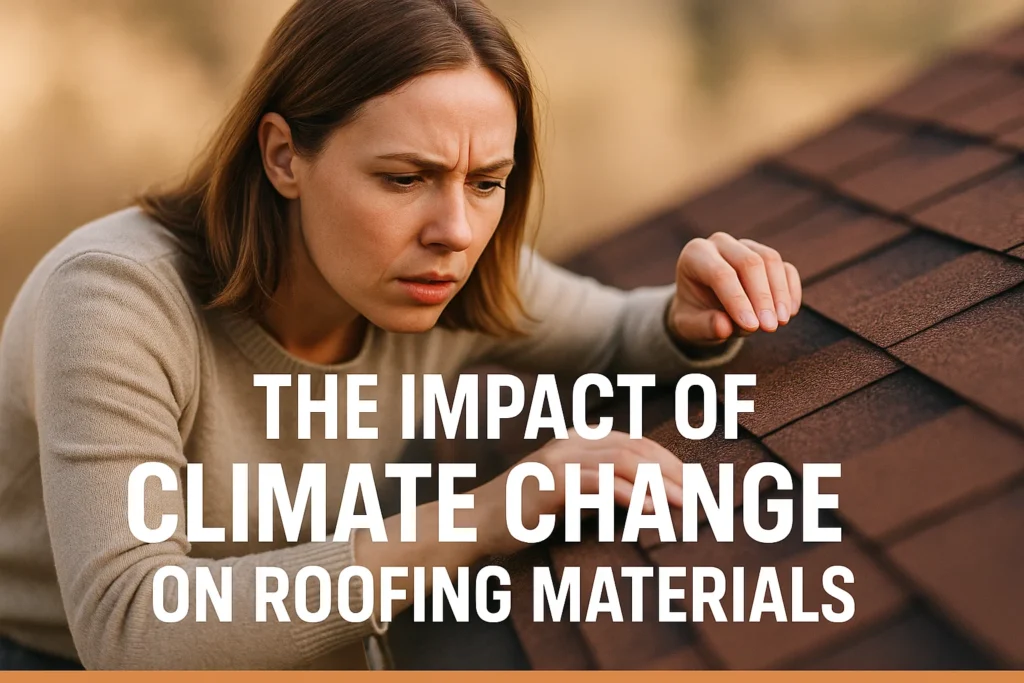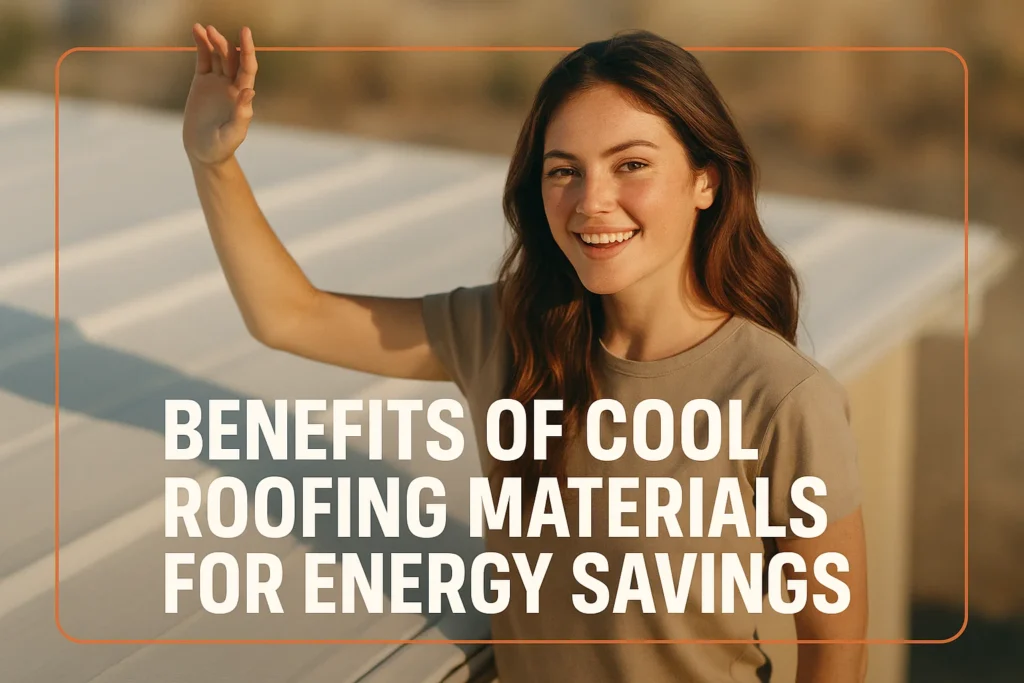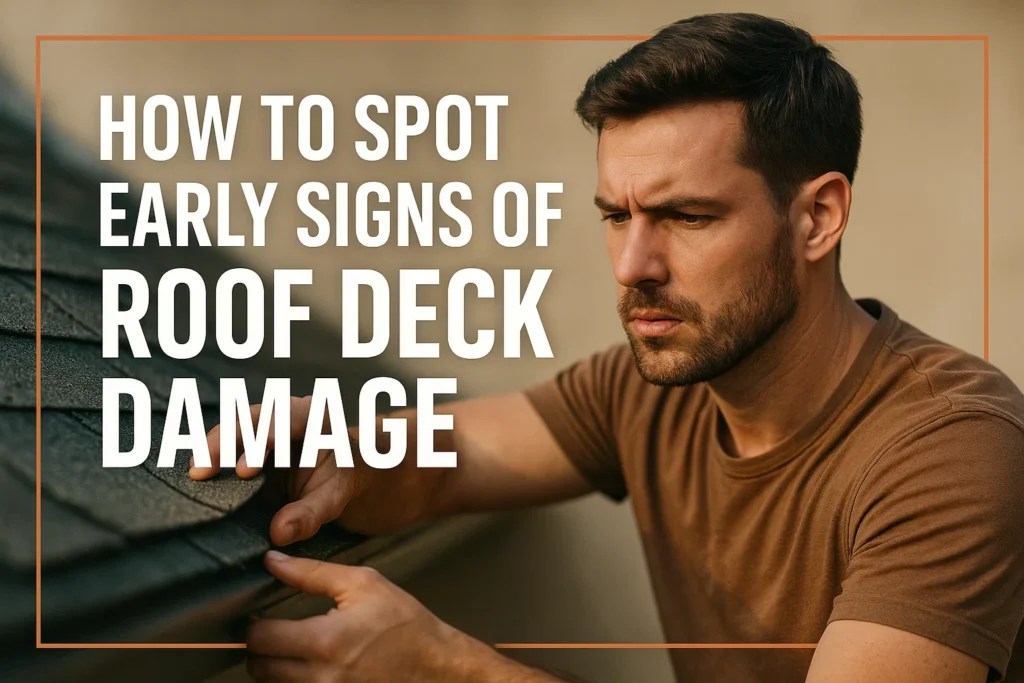Solar panels are widely recognized to produce clean and renewable energy. In addition to saving energy, a major concern of many homeowners is whether installing solar panels can also protect their roofs. Although solar panels also add some covering, which may slightly protect the roof against certain environmental factors, the total effect of protection of roofs from solar panels is dependent on the quality of installation and the condition of the roof. Knowing the interaction between solar panels and roof health is critical in decision-making regarding solar energy systems.
How Solar Panels Interact With Your Roof
There are a number of ways in which solar panels will interact with your roof during and after the installation process. It entails thorough preparation, painting and electrical installation to provide durability to the roof replacement and efficiency to the solar system.
Structural Considerations
Solar panels and mounting hardware increase the weight of the roof. Although panels are usually lightweight, the overall weight may influence the roofs, which have weaknesses in their structure or are old. This is what makes professionals determine the condition of the roof before installation in order to ascertain that the roof is capable of carrying the panels without any danger.
Roof Coverage and Protection
The solar panels are then attached, which includes areas of the roof as they create some shade, and they will also envelop the roofing surface on the bottom. This coating assists in safeguarding such areas of the roof against immediate exposure to sunlight, rain, hail, and debris. Solar panels can also be used to increase the age of the roof covered by extending its life against ultraviolet radiation and weather damage. Nevertheless, the spaces between panels on the roof still show bare places, age and deterioration like any other place.
Installation Process and Roof Interaction
1. Site and Roof Assessment: The roof is surveyed in terms of strength and damage, along with layout, to design the most efficient and safe placement of solar panels.
2. Mounting Preparation: Installers locate roof trusses and roof rafters, and then attach the shingles roof or tiles using mounting brackets at particular places onto these locations. These mounts are put in a specially flashed area to stop leakage.
3. Mount Installation: Mounts, e.g., Roof Tech feet or L-feet, are firmly attached to the structural rafters. These mounts bear the panels, which are installed using the rails as the foundation.
4. Panel Installation: The solar panels are brought to the roof and put on the rails. They are positioned over a range of 18-36 degrees to optimise the income of sunshine. Panels are well bolted against wind and weather.
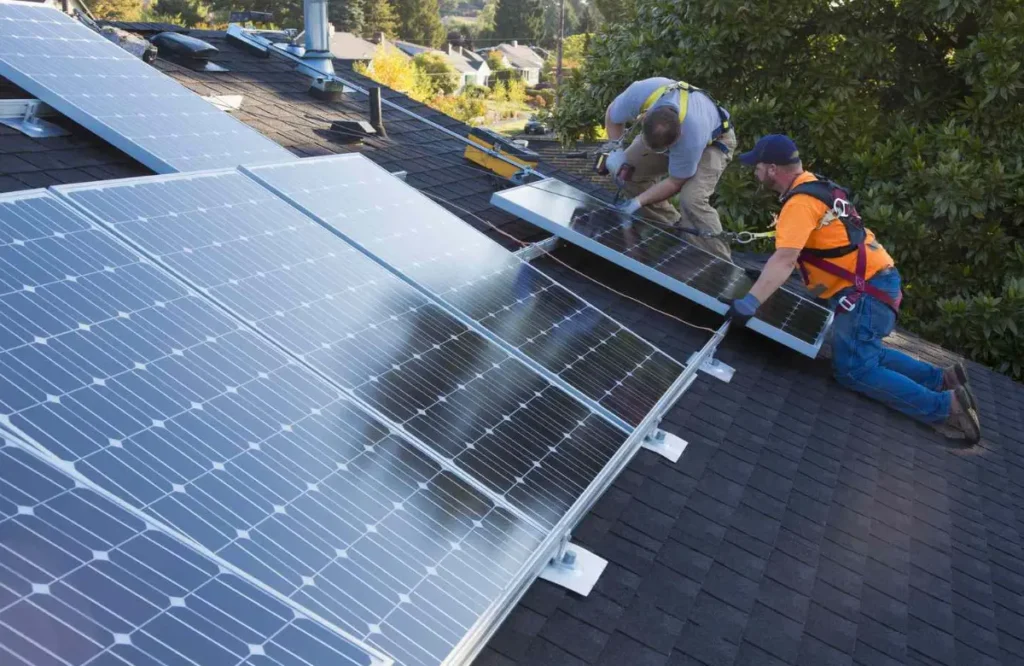
5. Electrical Connections: Standardized connectors are used to connect wiring. Installers feed wires along conduits and seal roof openings by using weather stripping. The panels produce DC that is transformed into applicable AC power using the inverter, which is normally placed inside or in shaded areas outside.
6. Final Inspection: The system and roof are examined thoroughly after the installation process, and all parts are tested to make sure there is no damage and that everything is tight and waterproof.
Maintenance and Long-term Effect
Correctly installed construction discourages the chances of water leaks or roof damage. Mounts, seals, and the condition of the panel are supposed to be monitored periodically. Professionally installed solar panels can be an added layer of protection to the roof, protecting it against harsh weather and producing clean energy over many years.
There is simply too much that the solar panels expect your roof to take on in terms of weight, covering and protecting roofing materials. They demand close installation through the building of your roof to ensure that the roof’s integrity is preserved. Solar panels can not only help safeguard your roof; the placed panels can present a substantial environmental and economic value when done correctly.
Potential Risks to Be Aware Of
| Risk Category | Description |
| Structural Load | Extra weight may stress old or weak roofs. |
| Installation Damage | Poor sealing or mounting can cause roof leaks. |
| Weather Impact | High winds or storms may loosen or damage panels. |
| Warranty Concerns | Installation may void some roofing warranties. |
| Electrical Hazards | Faulty wiring can cause shocks or fire risks. |
| Roof Age Compatibility | Installing on aging roofs may lead to early repairs. |
All these dangers can be reduced with the help of expert evaluation, quality installation, good maintenance, and the selection of the appropriate roof to set solar panels.
Protective Benefits of Solar Panels
Solar panels not only provide clean energy, but they also have considerable protection value for your roof. The solar panels currently cover some of the roof area and provide protection against environmental harm, which causes the roof to last longer.
Protection from UV Rays
When roofing materials such as shingles are constantly exposed to the ultraviolet (UV) rays of the sun, there is a chance of shingles wearing out over a period. A lot of these damaging rays are reflected out by solar panels and no longer reach the roofing materials. This coating inhibits the effects of sunlight on the roof, which leads to damage and fading under intense sunlight, and is used to preserve the surface.
Protective Insurance
The Solar panels shield the roof against rain, hail, snow, and the impact of debris. The panels serve as a wall and absorb the impact of the weather, reducing the chances of minor leaks, cracks, and other damage that may arise on the bare roofing panels. In particularly harsh areas, it can prove helpful with this physical protection.
Temperature Regulation
The solar panels used to cover the roof reduce the heat gained by direct sunlight, reducing the temperatures of the roof surfaces. This tempering effect of the temperature minimizes thermal stress and minimizes the swelling and shrinking of roofing material, which are usually leading precursors of premature wear and collapse.
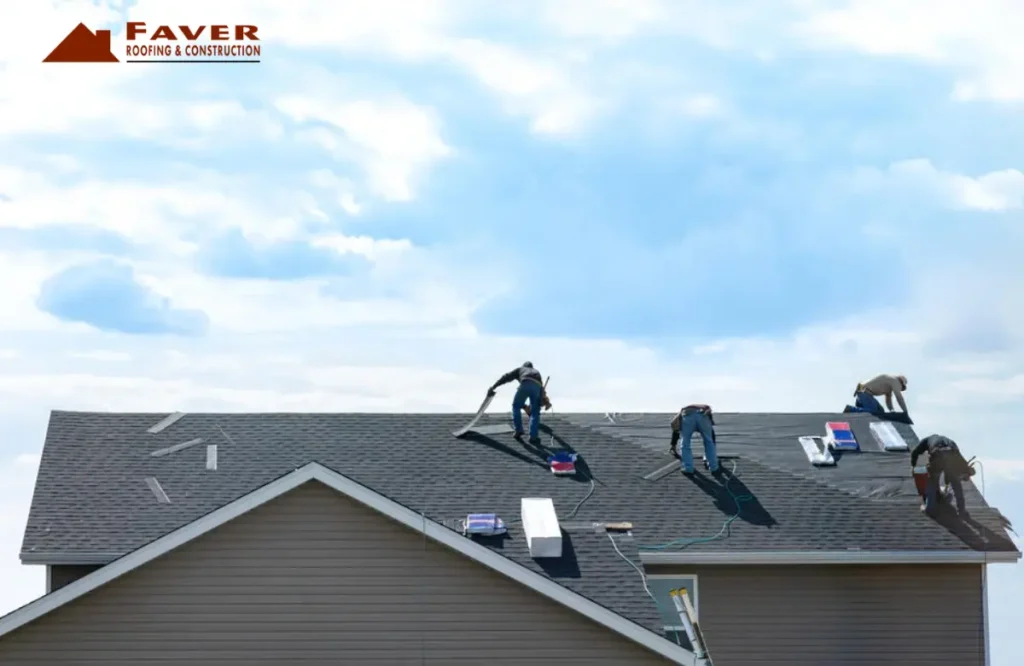
Less Moisture and Thermal Stress
By reducing the characteristic of thermal cycling, which includes such rapid changes in temperature that occur during day and night, solar panels also mitigate the risks of contraction and expansion of the materials used in roofing that would otherwise result in cracks and openings in the roofs. Effectively installed panels will also have an enclosed mount area so the water cannot get inside and cause a leak or structural damage.
Professional Guidance Matters
The process of installing solar panels on a roof is a complicated problem, which includes not only the installation of the equipment. It involves a comprehensive understanding of roofing architectures, electrical, and ideal panel positioning to make it safe, effective and durable in the long run. The professional guidance will help to ensure the strength of your roof is adequately checked, discover potential repairs, and ensure the installation is aligned with the building codes and warranties.
Highly skilled workers introduce technical expertise in the point installation of panels to ensure a maximum level of sunlight and guard the roof against possible damage like leaks or subsequent strains. They deal with any permits and inspections to minimize future risks for an efficient system.
For trusted solar panel installation combined with expert roofing care, rely on Faver Roofing. Our skilled team ensures your roof is fully prepared and protected throughout the solar installation process, delivering lasting results and peace of mind. Contact Faver Roofing today to take the first step toward a sustainable and secure solar energy solution.
Conclusion
Solar panels are a sustainable energy solution with multiple advantageous side effects in protecting your roof against UV radiation, weather influences, and fluctuations in temperature. Though this element presents some risks that are likely to occur during installation, they can be well addressed using expert evaluation and workmanship. Correct installation and maintenance can help to safeguard the roof, as well as the solar system itself, ensuring the maximum, efficient life span. When it comes to roofing and the setting up of solar panels, the selection of a construction industry specialist such as Faver Roofing ensures professionalism and attention to your needs.
FAQs
Yes, solar panels protect a portion of your roof from sun, rain and hail, which could be helpful to protect your roof.
Solar panels may result in leaks when installed incorrectly and failure to seal properly. Thus, when installing, proper sealing and installation are necessary.
The solar panels are lightweight and should be checked to ascertain that your roof is able to carry the extra weight.
Generally, installation takes 1-3 days based on the size and complexity of the roof on which the system will be installed.
Should the roof be damaged or old, you may need to repair or replace it before installation to avoid future problems.




